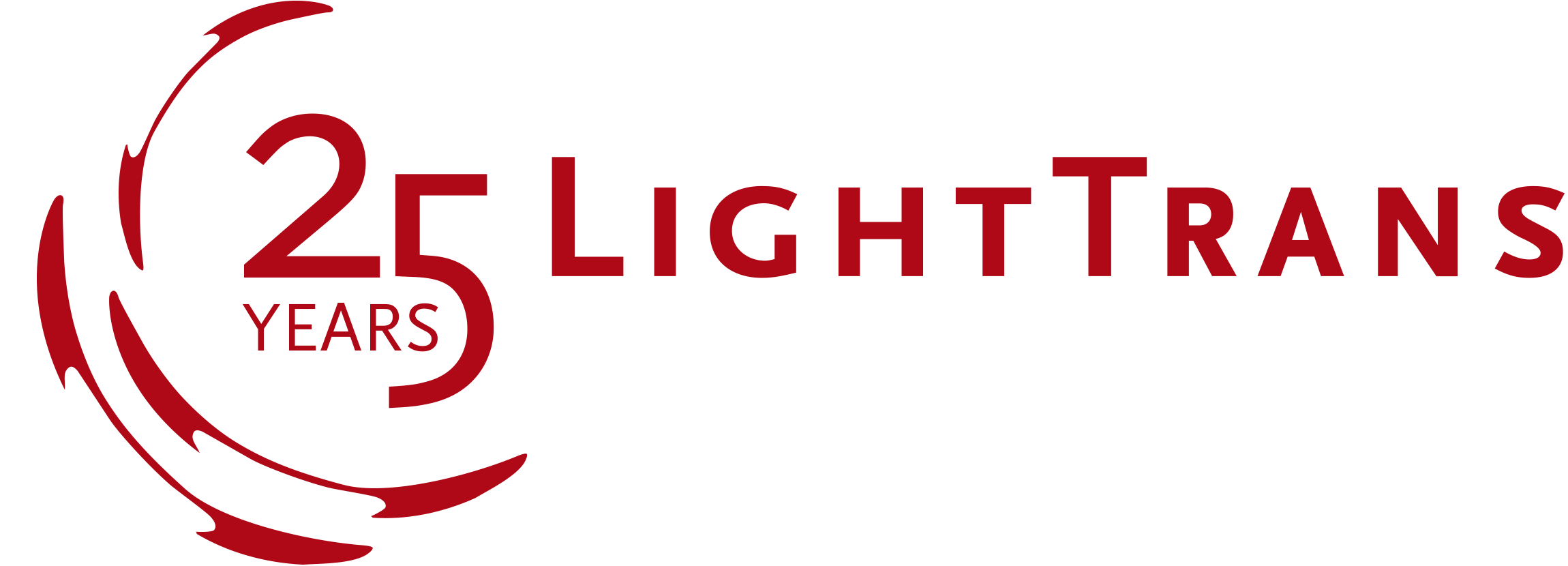What’s new in our Optical Modeling and Design Software?
Focusing Systems for X-Rays
Use of high-energy photons (“X-rays”) has become a common feature in many medical and synchrotron applications. Unlike light in the visible spectrum, X-rays only interact weakly with most matter, which makes the design of focusing elements more challenging than for other sections of the wavelength spectrum. Below we demonstrate two approaches to tackle this task, employing compound lenses and elliptical mirrors under grazing incidence. A fast physical optics simulation of these systems with the modeling and design software VirtualLab Fusion allows us to investigate their performance on the basis of focal length and measured spot size.
Read moreShack-Hartmann Wavefront Sensor
The Shack-Hartmann sensor is a well-known detector that is used to gather information about the phase of impinging light. Due to phase information not being directly accessible (in an experimental context) an array of microlenses is used to generate a pattern of foci. By analyzing this pattern, e.g. measuring lateral shifts of the foci, details of the impinging wavefront at each position can be retrieved. With the fast physical optics modeling and design software VirtualLab Fusion not only is it possible to obtain the original phase information directly – one of the perks of simulation technology – but also to simulate the propagation of the light through the entire Shack-Hartmann optical device. Below you can see some examples of the physical-optics simulation of Shack-Hartmann-like systems.
Read morePropagation through Microlens Arrays
With the advent of modern technologies specialized optical components like microlens arrays (MLAs) get more and more attention. Especially in the field of optical projection systems, material processing units and optical diffusers microlens arrays have seen common usage. In VirtualLab Fusion such systems can be set up and simulated using a new MLA component introduced in the latest release, allowing a thorough investigation of the transmitted field in the near field behind the microlens component as well as in the far field and focal region.
Read moreSimulation of VCSELs & VCSEL Arrays
Vertical cavity surface emitting lasers (VCSEL) constitute an ascending technology that is known for its reliability and wavelength stability, as well for good quality in terms of the emitting beam. For that reason, they are commonly used in various applications involving e.g. beam splitters and pattern generators.
In VirtualLab Fusion the newly introduced Multiple Light Source allows for the definition of individual VCSELs and whole VCSEL arrays.
Read moreSimulating Complex Sources using Multiple Source Modes
In the areas of illumination and imaging the simulation of complex source models like light source arrays or extended sources is necessary for many different applications.
We therefore want to demonstrate a new feature from the latest VirtualLab Fusion release (2021.1) which enables the configuration of such kind of sources through the definition and combination of different source modes. The modes can be configured as coherent or incoherent to each other to allow for the modeling of either fully coherent, fully incoherent or partially coherent sources.
Read moreBirefringence Effects on Curved Surfaces
In order to provide additional design freedom in terms of polarization control and multiplexing, in many applications anisotropic layers are attached to the surfaces of optical components.
As the birefringence effect depends strongly on the orientation of the crystal axis with respect to the direction of the incoming light, the discussion of such kind of components is especially interesting when the coating is applied to a curved surface.
Read morePolarization Effects in Anisotropic Components
Birefringence and other polarization effects are a major part of any simulation of anisotropic optical components, which feature prominently in many applications, the fabrication of liquid crystal displays among them.
VirtualLab Fusion gives you the option to include anisotropic media in your system, in the form of coating layers or in different components, like the Stratified Media component or the Crystal Plate. This allows for a complete simulation of single and multi-layer polarizers as demonstrated in the examples below.
Anisotropic Media for Coatings & Components
Anisotropic media, and crystals in particular, have long been linchpin components for various applications, including lasers and display technologies.
A HIGHLIGHT OF THE LATEST RELEASE, 2021.1
For the design, simulation and optimization of such kind of optical setups, VirtualLab Fusion provides a fast and rigorous electromagnetic field solver
that models the propagation of the electromagnetic field through anisotropic media, including polarization effects like conical refraction and birefringence.












